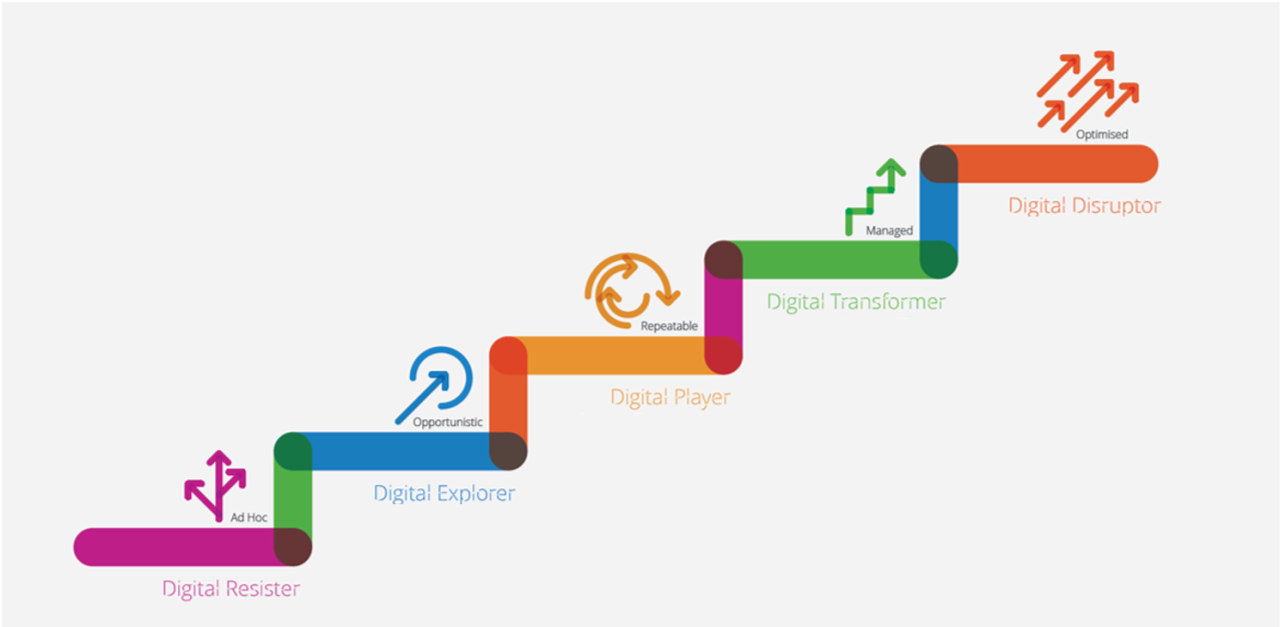
Embarking on the Digital Transformation Journey: A Comprehensive Guide
Introduction
In today’s rapidly evolving technological landscape, digital transformation has become an imperative for businesses of all sizes. It involves the integration of digital technologies throughout operations, processes, and practices, enabling organizations to innovate, optimize, and gain a competitive edge. This article provides a comprehensive guide to embarking on a transformative digital journey.
Defining Digital Transformation
Digital transformation is the process of leveraging digital technologies to create new value, enhance customer experiences, optimize operations, and drive growth. It encompasses a wide range of technological advancements, including:
- Artificial Intelligence (AI)
- Machine Learning (ML)
- Cloud Computing
- Big Data Analytics
- Internet of Things (IoT)
Benefits of Digital Transformation
Embracing digital transformation offers numerous benefits, including:
- Increased Efficiency and Productivity: Automation and data analytics capabilities streamline processes, reduce errors, and improve overall productivity.
- Enhanced Customer Experience: Personalized interactions, tailored recommendations, and real-time support enhance customer satisfaction and loyalty.
- Data-Driven Decision Making: Real-time data insights empower decision-makers with a comprehensive understanding of trends, patterns, and customer behavior, enabling informed choices.
- Innovation and New Business Models: Digital technologies enable businesses to explore innovative products, services, and revenue streams, driving growth and competitiveness.
Steps in the Digital Transformation Journey
Transforming an organization digitally requires a structured and strategic approach. Here are the key steps to follow:
- Define the Vision and Objectives: Establish a clear vision and set specific, measurable, achievable, relevant, and time-bound (SMART) objectives for the transformation.
- Assess the Current State: Conduct a thorough assessment of existing systems, processes, and technologies to identify areas for improvement and optimization.
- Develop the Transformation Strategy: Outline a roadmap for implementing digital technologies, including investment plans, resource allocation, and stakeholder engagement.
- Invest in Technology and Infrastructure: Acquire and implement cutting-edge digital technologies that align with the transformation strategy.
- Upskill Employees: Provide training and development opportunities to empower employees with the necessary digital skills and knowledge.
- Foster a Culture of Innovation: Encourage experimentation, collaboration, and a mindset open to new ideas and technologies.
- Monitor and Measure Progress: Establish metrics to track the progress and impact of the transformation initiatives, making necessary adjustments along the way.
Challenges and Considerations
Embarking on a digital transformation journey comes with challenges, including:
- Legacy Systems and Data Integration: Integrating new technologies with existing systems can be complex and time-consuming.
- Cybersecurity: Digital transformation introduces new cybersecurity risks that need to be addressed and mitigated.
- Change Management: Managing organizational change and employee resistance can be a significant hurdle.
- Cost and Budget Management: Digital transformation can require significant investment in technology, infrastructure, and human capital.
Conclusion
Digital transformation is a transformative journey that can propel businesses toward success in the 21st century. By embracing a structured, strategic approach, organizations can overcome challenges, unlock the benefits of digital technologies, and emerge as innovative and competitive players in the global marketplace. The adoption of cutting-edge technologies, upskilling of employees, and fostering of a culture of innovation are key elements in driving successful digital transformations.


